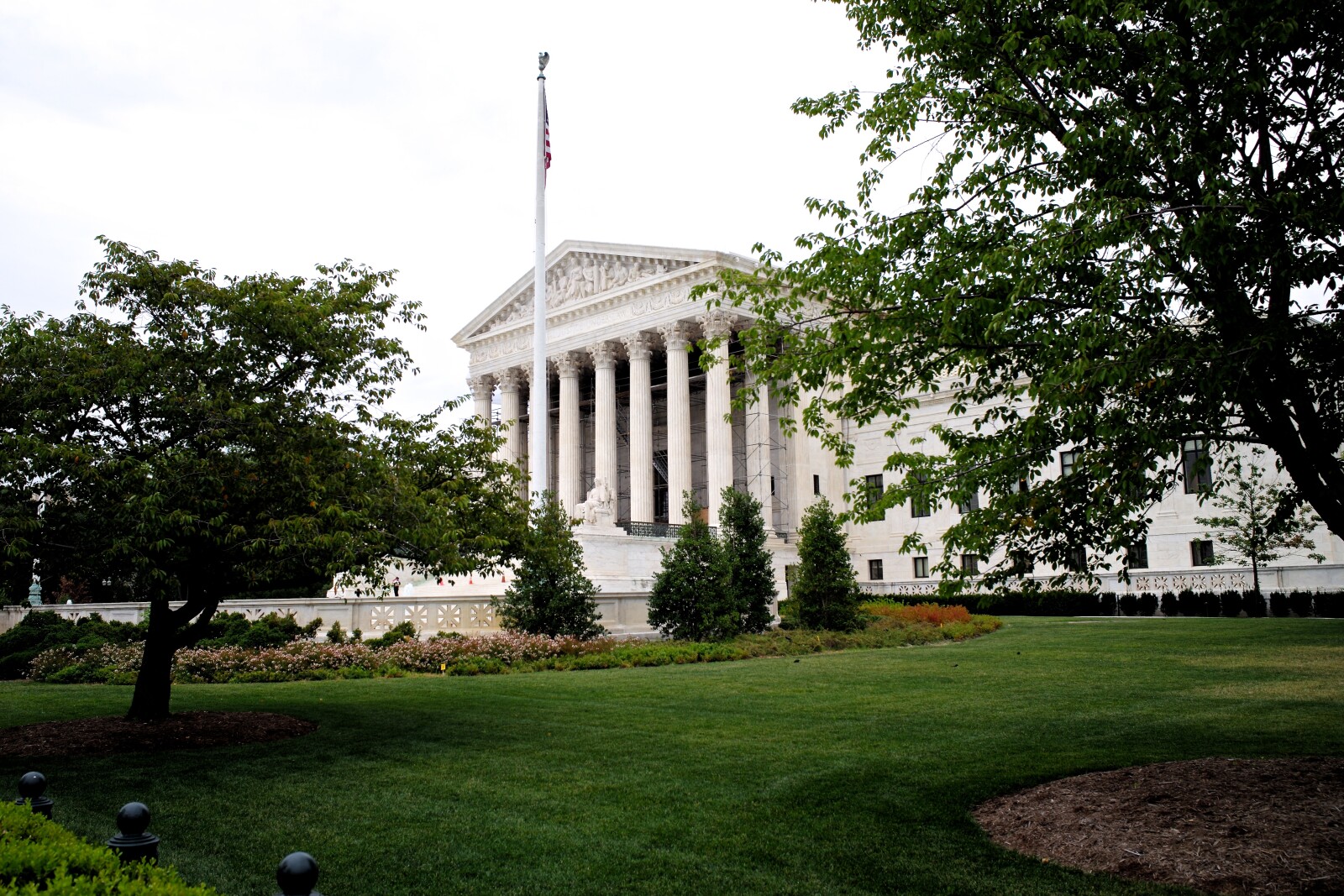Time Running Out: Understanding Statute of Limitations
Just as sand slips through an hourglass, so does the opportunity to take legal action. The Statute of Limitations, a time-bound legal principle, governs this crucial period. This article explores the complexities of these laws, their commencement and duration, and the influence of elements like class actions and arbitration agreements. Recognizing the ticking clock in legal matters ensures the preservation of rights, making the understanding of the Statute of Limitations imperative for anyone considering legal recourse.

Understanding Statute of Limitations
In the realm of legal proceedings, comprehending the nuances of the statute of limitations is pivotal for ensuring that a lawsuit is filed within the prescribed time frame. This rule has serious implications, particularly when it comes to expired claims, time barred debts and lawsuits. An expired claim may lead to a loss of legal rights to seek redress for grievances. Similarly, in the context of time barred debts, the statute of limitations can prevent debt collectors from initiating lawsuits after a certain period. Understanding these aspects is crucial as it not only impacts the potential success of a lawsuit, but also the legal rights of individuals and entities involved in the proceedings. Hence, awareness and timely action are key in navigating the complexities of the statute of limitations.
Importance of Time Limit
While it may seem stringent, the implementation of a time limit in the form of a statute of limitations serves several pivotal functions in the legal arena. It impacts on justice by maintaining fairness; evidence may become unreliable over time, and it's unfair to keep defendants in perpetual fear of litigation. Additionally, the consequences of missed deadlines can be severe, leading to the dismissal of potentially valid legal claims.
| Impact on Justice | Consequences of Missed Deadlines |
|---|---|
| Promotes fairness by avoiding stale claims | Dismissal of the case |
| Prevents perpetual fear of litigation | Loss of potential legal claims |
| Ensures reliable, timely evidence | Inability to seek remedy for harms |
Thus, understanding and respecting these time limits is crucial in maintaining an effective, fair legal system.
Statute of Limitations: A Legal Boundary
Establishing a legal boundary, the statute of limitations serves as a vital checkpoint in the litigation process, ensuring that cases are presented and resolved within a reasonable time frame. This legal boundary is crucial for the management of time sensitive claims.
Understanding the statute of limitations is crucial to avoid legal consequences. Key points to consider include:
- It acts as a time limit on legal action.
- Varies across different jurisdictions and cases.
- Failure to adhere may lead to dismissal of a claim.
- Certain circumstances may extend or pause the limitation period.
- Legal advice is recommended to understand these complexities.
Reasons for Time Constraints
Building on the concept of legal boundaries, the imposition of time constraints through the statute of limitations serves several important purposes in the realm of litigation. Firstly, it ensures fairness by preventing surprises through the revival of claims that have been dormant for years. Secondly, it encourages individuals to pursue their rights diligently. However, there are pros and cons to these time constraints. While they promote judicial efficiency and certainty, they may also inadvertently bar claims that are only discovered after the expiry of the limitation period. Nevertheless, exceptions and exemptions exist, such as the 'discovery rule,' which allows the limitation period to commence from the date the injury is discovered rather than when it occurred.
Commencement of Statute of Limitations
Navigating the commencement of the statute of limitations involves understanding that this timeframe generally begins from the date the injury or offense occurred. However, the start of limitation can be influenced by various factors:
- The 'discovery rule' may delay the start until the offense or injury is discovered.
- Certain exceptions to time limit may apply in cases involving minors or incapacitated individuals.
- Fraudulent concealment of the offense by the perpetrator could extend the limitation period.
- Specific types of cases, such as those involving ongoing harm, may have different rules.
- Jurisdictions may have unique rules, hence legal advice is recommended.
Understanding these factors is essential to prevent your claim from becoming time-barred due to the expiration of the statute of limitations.
Length of Statute of Limitations
The length of the statute of limitations is a crucial aspect that varies based on the nature of the law, jurisdiction, and specific circumstances of the case. For instance, the statute of limitations in criminal cases can range from a few years for minor offenses to no limit for serious crimes like murder. There are also exceptions to the statute of limitations, such as when the defendant was absent from the state or the victim was a minor. These exceptions can extend or even nullify the limit, allowing cases to be filed after the typical period. It is essential to consult an attorney to understand the applicable statute of limitations and any exceptions, ensuring a timely and valid legal action.
Role of Discovery Rule
In certain situations, a significant component of the statute of limitations is the 'discovery rule,' which can potentially extend the time limit for filing a lawsuit. This rule states that the limitation period begins when the plaintiff discovers, or reasonably should have discovered, the injury.
- The discovery rule is not universally applied and its implementation varies greatly across jurisdictions.
- Certain discovery rule exceptions exist, such as for latent medical malpractice injuries.
- The rule can be a double-edged sword, providing an extended opportunity to file a lawsuit, but also posing challenges in applying the discovery rule.
- Determining the point of 'reasonable discovery' can be subjective and contentious.
- The discovery rule underscores the importance of legal advice in understanding and navigating the complexities of a statute of limitations.
Variation in Limitations Timeframe
Diverse factors contribute to the variation in the timeframe of the statute of limitations across different jurisdictions and types of lawsuits. The effect of jurisdiction on limitations timeframe is crucial, as each jurisdiction can have its own set of laws determining the timeframe. There are also exceptions to the statute of limitations, which can extend or shorten the timeframe based on specific circumstances.
| Jurisdiction | Limitations Timeframe |
|---|---|
| Federal | 1-6 years |
| State A | 2-10 years |
| State B | 3-7 years |
| State C | 1-5 years |
| State D | 4-8 years |
Understanding these variations and exceptions is crucial to ensure a claim or lawsuit is filed within the stipulated timeframe to prevent it from being time-barred.
Legal Assistance and Statute of Limitations
Navigating the intricacies of the statute of limitations can be challenging, making it essential to seek out professional legal assistance. An attorney can provide invaluable guidance, helping to navigate legal representation options and the potential consequences of missing the statute of limitations.
- Legal representation can range from self-representation to hiring a full-service attorney.
- Understanding the statute of limitations associated with your case is crucial to avoid time-barred claims.
- Missing the statute of limitations can result in a lost opportunity to pursue legal remedies.
- Legal professionals can help identify the starting point and duration of the statute in your case.
- Timely legal assistance can help you make strategic decisions, potentially impacting the outcome of your case.
Class Actions and Time Limits
A class action lawsuit's statute of limitations is a crucial aspect that influences both the timing of the litigation and the potential participants' ability to join the case. Class actions and time limits are often intertwined, creating a complex matrix that requires careful navigation. Usually, filing a class action complaint suspends the statute of limitations for all potential class members. However, the implications of denied class certification can be significant. If the court does not certify the class and the statute of limitations has expired, individual members may find themselves unable to pursue their claims. This underscores the need for potential class members to stay informed and proactive about their legal rights and options.
Implications of Denied Class Certification
Although the filing of a class action lawsuit can temporarily halt the statute of limitations, the denial of class certification has profound implications that can drastically alter the course of the case.
- The implications of denied class certification include the potential expiry of the statute of limitations.
- This denial can lead to the need for individual lawsuits, which can be more costly and time-consuming.
- Denied certification may also lead to a lack of collective bargaining power, reducing the potential settlement value.
- Alternatives for individual lawsuits may include joining another existing lawsuit or seeking a private settlement.
- The denial may also have psychological implications, as individual plaintiffs may feel discouraged to pursue their claims due to perceived isolation and uncertainty.
Recourse After Time Limit Expires
Grasping the potential consequences of a lapsed statute of limitations is crucial, as it can significantly affect an individual's ability to seek legal remedy. When the time limit expires, most assume their expired claims are eternally barred, leaving no room for justice. However, several recourse options exist even after the expiration of the statute of limitations. While these options are limited and typically more challenging, they are not impossible. This could involve identifying exceptions in the law, such as the discovery rule, tolling, or waiver. In some cases, it might be possible to file a claim under a different cause of action with a longer statute of limitations. Therefore, even when time seems to have run out, individuals should explore potential avenues for recourse with a legal professional.
Arbitration and Statute of Limitations
While arbitration is a commonly used method for dispute resolution, it is vital to understand how the statute of limitations applies within this context. The enforceability of the statute of limitations in arbitration largely hinges on the specifics of the arbitration agreement.
- The arbitration agreement may stipulate its own time limit, overriding default statutory time limits.
- If silent on the issue, the statute of limitations of the relevant jurisdiction typically applies.
- Some arbitration agreements may expressly apply a particular state's statute of limitations.
- In the absence of clarity, the arbitrator often has the discretion to decide the applicability of the statute of limitations.
- It's crucial to consult legal counsel to navigate these complexities effectively, ensuring rights are not inadvertently waived due to time-barred constraints.
Impact of Arbitration Agreement
Transitioning into the impact of the arbitration agreement, it's crucial to recognize that this legal document can notably influence the application of the statute of limitations in an arbitration proceeding. The enforceability of arbitration agreements plays a significant role in the impact on dispute resolution.
| Enforceability of Agreements | Impact on Dispute Resolution | |
|---|---|---|
| Positive | Enforceable agreements ensure a fair arbitration process. | Disputes are resolved in a timely, cost-effective manner. |
| Negative | Unenforceable agreements may lead to unnecessary litigation. | Disputes may get prolonged, increasing financial and emotional toll. |
| Neutral | Some agreements may be neither enforceable nor unenforceable; it depends on the specific terms. | The impact on dispute resolution can vary based on the specifics of the agreement. |
Such considerations are crucial in understanding the statute of limitations.
Arbitrator’s Role in Statute of Limitations
In an arbitration proceeding, the arbitrator's interpretation and application of the statute of limitations often bears a significant impact on the outcome of the dispute. The arbitrator's discretion plays a fundamental role in determining the enforceability in arbitration.
- The arbitrator might choose to strictly adhere to the stipulated time limits or consider extenuating circumstances.
- The arbitrator's decision largely depends on the specific language within the arbitration agreement.
- Understanding the precise statute of limitations applicable is crucial to ensure enforceability.
- The arbitrator's interpretation of the statute of limitations can be critical in disputes involving complex legal issues.
- The enforceability of the statute of limitations in arbitration can significantly influence the final resolution of the dispute.
The arbitrator's role, thus, is pivotal in the successful execution of the statute of limitations.
Frequently Asked Questions
How Does the Statute of Limitations Affect Criminal Cases Compared to Civil Cases?
The statute of limitations impact varies in criminal versus civil cases. In criminal cases, serious crimes like murder often have no statute of limitations, allowing prosecution at any time. Conversely, civil cases, such as personal injury or contract disputes, have specified limitations periods, generally starting from the date of injury or breach. The limitation period's duration can differ based on the specific civil claim or criminal charge, and the jurisdiction's laws.
Are There Any Exceptions to the Statute of Limitations, Such as for Minors or Individuals With Disabilities?
Yes, exceptions to the statute of limitations exist, including for minors and individuals with disabilities. Known as 'Minor Exception Exploration', the law often extends the timeframe for minors until they reach legal age. Additionally, under 'Disability Exceptions Analysis', individuals with certain disabilities may receive extensions or suspensions of the limitations period. However, these exceptions vary greatly by jurisdiction, so it's crucial to consult with a legal professional for specific advice.
If I Live in One State but the Incident Occurred in Another, Which State’s Statute of Limitations Applies?
In handling interstate legalities, the statute of limitations can present jurisdiction challenges. Generally, the state where the incident occurred governs the applicable statute of limitations. However, specifics can vary and may depend on the nature of the incident and the laws of both states involved. Legal counsel should be sought to navigate these complexities and determine the appropriate time limit for filing a lawsuit in such a situation.
How Does the Statute of Limitations Affect Cases Involving Ongoing Harm, Like Environmental Pollution?
In cases involving ongoing harm, like environmental pollution, the clock on the statute of limitations may not start ticking until the damage is detected, often through pollution detection methods. This allows victims to hold corporations accountable for their actions, even if the pollution occurred years ago. However, the specific rules can vary by jurisdiction, so consultation with a legal professional is advisable to understand the precise time limits applicable.
Can the Statute of Limitations Be Paused or Extended in Any Circumstances, and if So, Under What Conditions?
Yes, the statute of limitations can be paused or extended under certain circumstances. This process, known as "tolling," can occur due to factors like the plaintiff's minority or mental incompetence. Additionally, the "discovery rule" may extend limitations when an injury is not immediately apparent. Thus, pausing limitations legally and extending limitations ethically are possible and done to ensure fairness and justice in the legal process. Consultation with an attorney is advisable to understand these specifics.

This post has been generated by AI and was not reviewed by editors. This is Not legal advice. Please consult with an attorney.



